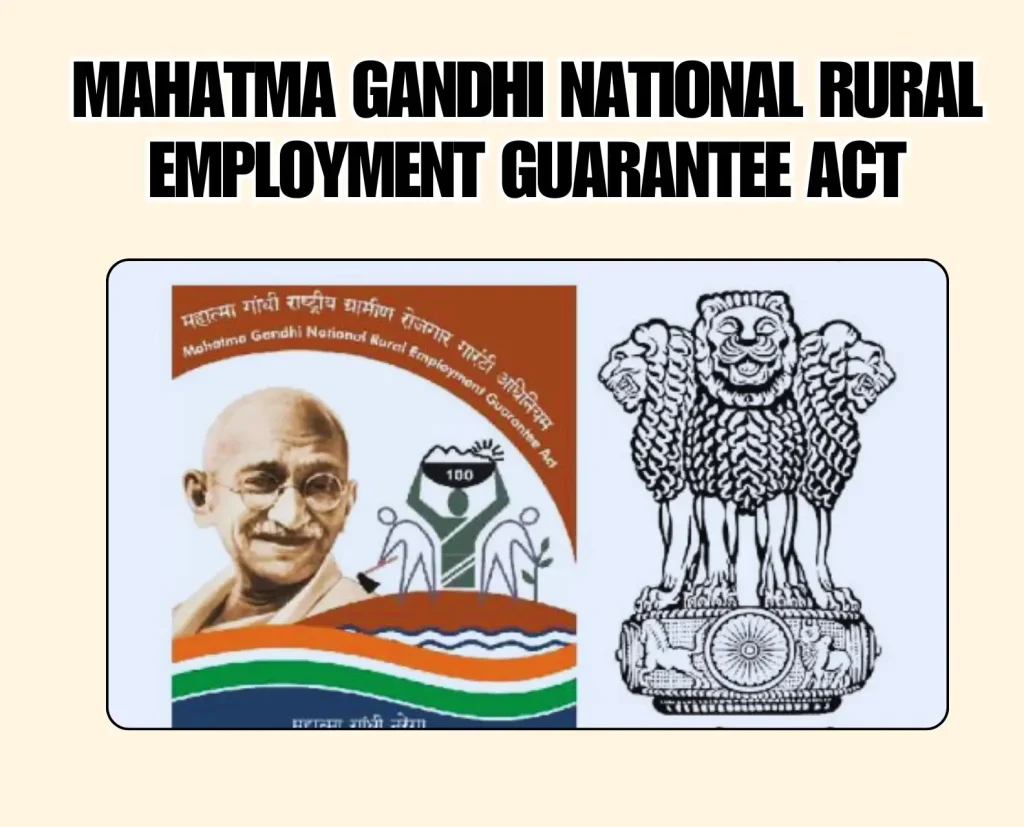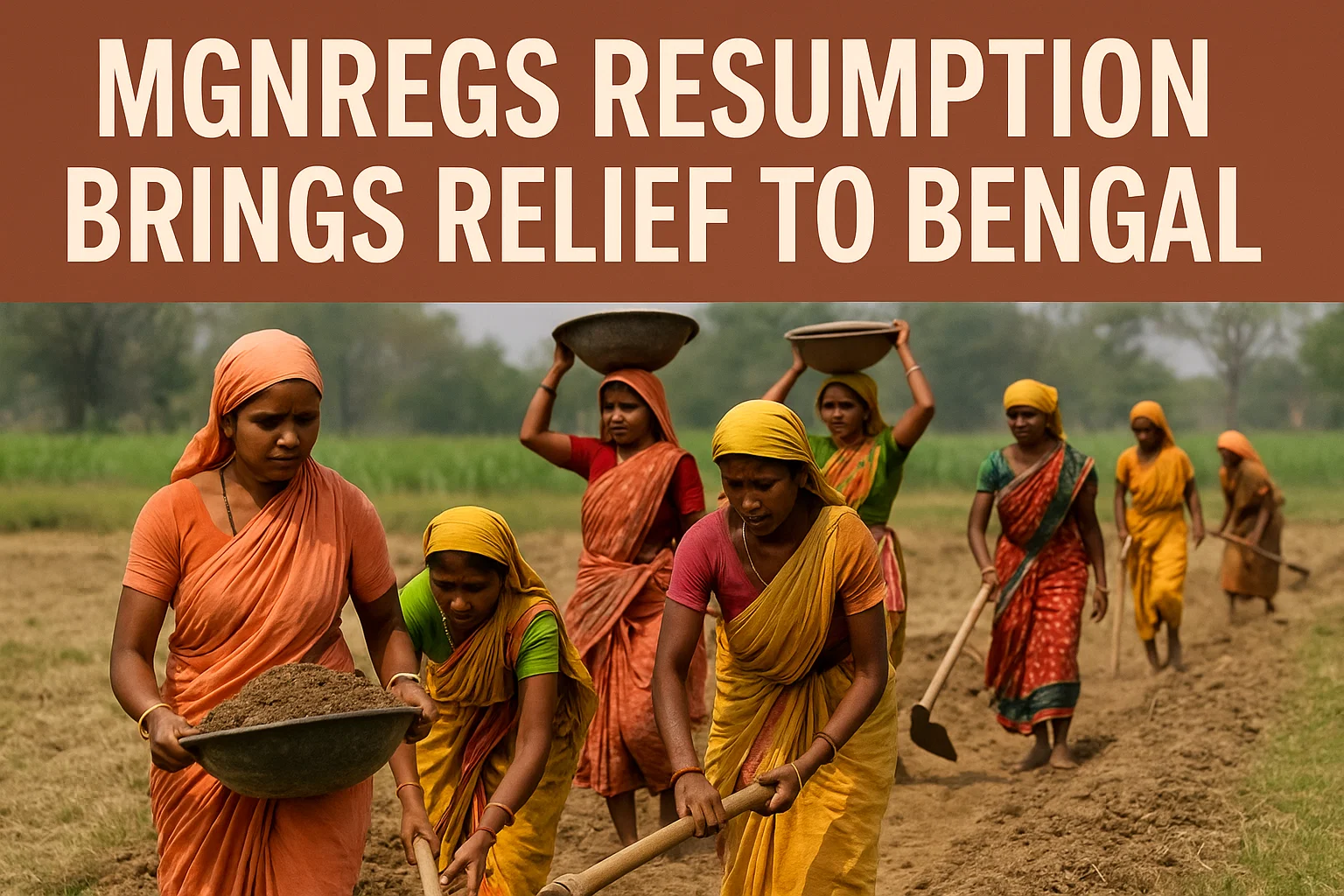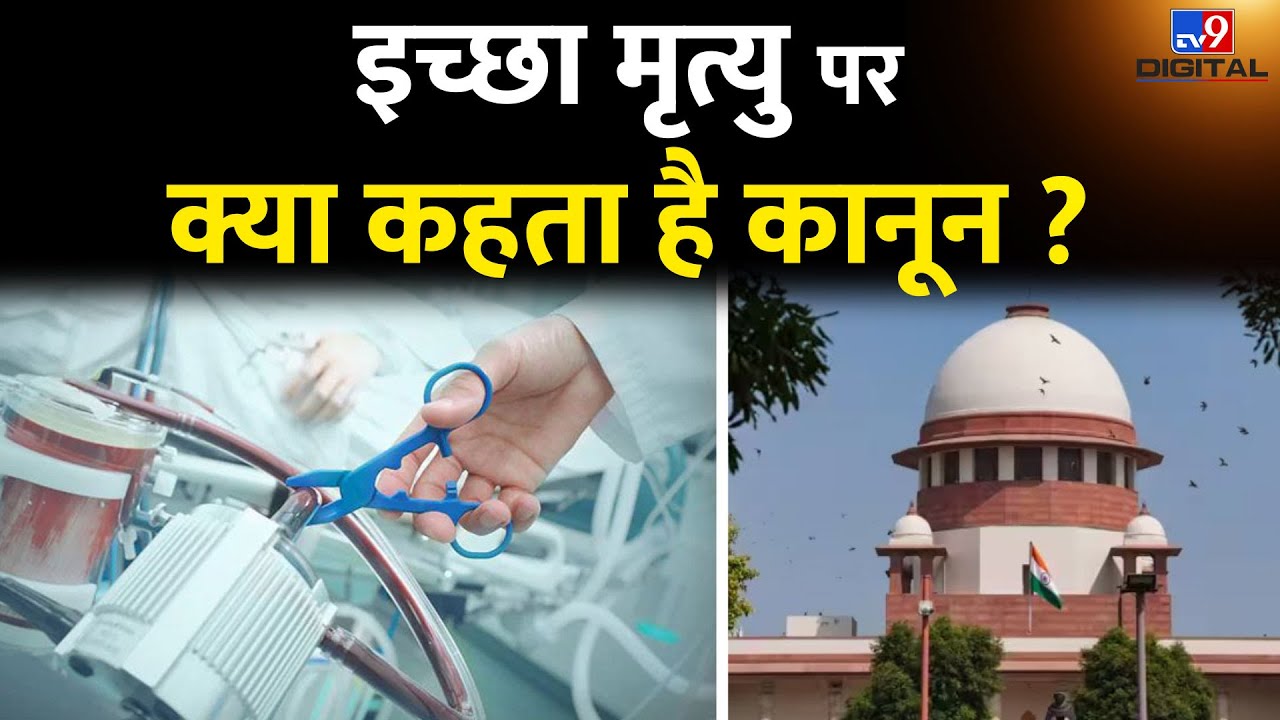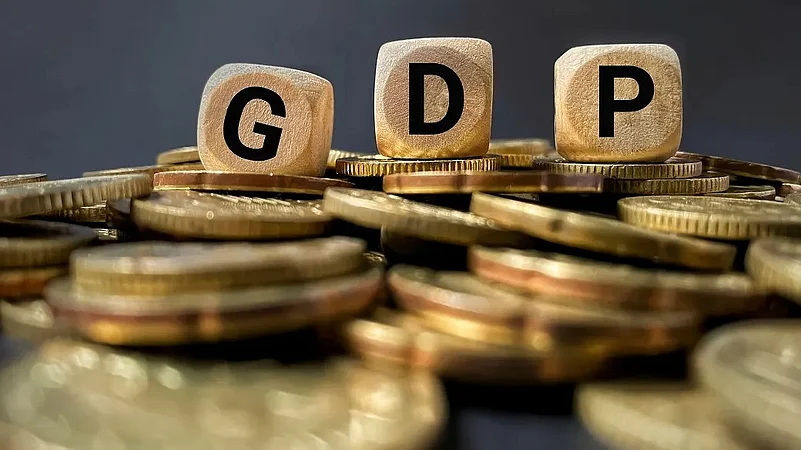MGNREGS Resumption Brings Relief to Bengal
Explore how the Supreme Court’s decision to resume MGNREGS in West Bengal marks a turning point in rural employment, governance, and fiscal federalism. Understand the scheme’s objectives, achievements, challenges, and reforms — crucial for UPSC GS Paper II & III preparation.
MGNREGS Resumption in West Bengal – Governance, Impact & Policy Analysis
Context:
The Supreme Court’s recent decision clearing the resumption of MGNREGS in West Bengal after a three-and-a-half-year pause has reignited national debate on the scheme’s governance and fiscal management.
What is MGNREGS?
The Mahatma Gandhi National Rural Employment Guarantee Scheme (MGNREGS), enacted under the Mahatma Gandhi National Rural Employment Guarantee Act (MGNREGA), 2005, provides a legal right to at least 100 days of wage employment per year to every adult member of a rural household willing to do unskilled manual work.
- Implementation & Funding: The scheme is jointly funded by the Centre and the States in a 90:10 ratio, with the Centre bearing 100% of wage costs.
- Objective: To enhance livelihood security, reduce rural distress, and create durable community assets like water harvesting structures, rural roads, and soil conservation works.
- Legal Backing: It is the only social security scheme in India backed by law, making it a rights-based entitlement rather than a welfare dole.
Since its inception in 2006, MGNREGS has emerged as one of the world’s largest public works programmes, providing over 350 crore person-days of employment annually.

How has it helped in uplifting the socio-economic conditions of rural areas?
- Employment Generation and Income Security: According to the Economic Survey 2022-23, MGNREGS benefitted nearly six crore rural households. It acted as a safety net, especially during the COVID-19 pandemic, when migration reversed and rural job demand surged by 40%.
-
-
- In states like West Bengal, Rajasthan, and Madhya Pradesh, over 70 lakh families availed MGNREGS work annually (2019–22).
- The World Bank (2023) recognised MGNREGS as one of India’s most impactful anti-poverty programs, reducing rural poverty by more than 30% in its early years.
-
- Women’s Empowerment: Over 55% of total person-days under MGNREGS are generated by women, surpassing the 33% statutory minimum. This has led to greater financial inclusion — with women receiving direct wage transfers in their Jan Dhan accounts — and enhanced decision-making roles within households.
- Asset Creation and Environmental Benefits: The scheme promotes natural resource management, supporting water conservation, afforestation, and soil fertility enhancement. A 2019 study by the Indian Institute of Science (IISc) found that MGNREGS works improved groundwater recharge and agricultural productivity in semi-arid regions like Anantapur and Bundelkhand.
- Strengthening Rural Infrastructure: MGNREGS has contributed to building over 10 crore assets nationwide — including rural roads, ponds, and check dams — improving connectivity, irrigation, and resilience against climate shocks.
Why is it considered an effective policy measure for good governance?
-
- Rights-Based Framework: MGNREGS is not a discretionary welfare scheme but a demand-driven entitlement, giving rural citizens the legal right to work. The social audit mechanism, mandated under the Act, empowers citizens to hold local administrations accountable for implementation.
- Transparency and Technology Integration: The scheme has increasingly adopted digital governance tools like:
- NREGASoft (MIS platform) for real-time monitoring of fund flows, and
- Aadhaar-based Direct Benefit Transfers (DBT) to ensure timely wage payments and reduce leakages.
- Inclusive Growth and Fiscal Federalism: By addressing regional disparities, MGNREGS aligns with the SDG-1 (No Poverty) and SDG-8 (Decent Work) goals. It embodies the spirit of cooperative federalism, where the Centre and States share responsibilities.
- Democratic Decentralisation: The Gram Sabha plays a central role — from identifying works to monitoring implementation — strengthening grassroots governance and participatory planning under the 73rd Constitutional Amendment.
What are the significant challenges associated with it?
- Delayed Wage Payments and Fund Shortages: The CAG Report (2023) and highlighted that nearly 30–35% of wage payments are delayed, undermining the scheme’s credibility.
- The Centre-State fund mismatch and frequent freezing of funds, as seen in West Bengal (2022–25), have disrupted employment continuity.
- Corruption and Implementation Irregularities: Instances of ghost beneficiaries, inflated work records, and non-permissible asset creation have been reported. The Rural Development Ministry’s inspection in West Bengal flagged financial misappropriation and lack of transparency, leading to a three-year suspension.
- Poor Asset Quality and Duplication of Works: A NITI Aayog evaluation (2021) noted that while employment generation remains strong, the quality and durability of assets often fall short due to poor technical oversight and inadequate convergence with other development schemes.
- Declining Real Wages and Seasonal Dependence: Despite nominal increases, real wage growth has stagnated due to inflation. Also, job demand is seasonal, spiking only during lean agricultural months, limiting the scheme’s long-term income impact.
- Data and Monitoring Gaps: Though the MIS has improved transparency, several States report discrepancies between ground-level data and online entries. Moreover, social audits, though mandated, remain weak in over 12 states due to limited community participation or lack of trained personnel.
Case Study: West Bengal’s MGNREGS Suspension (2022–2025)
- West Bengal’s experience underscores both the scheme’s governance potential and fragility. The Centre suspended MGNREGS funds in March 2022 under Section 27 of the Act, citing corruption and non-compliance. Around 70 lakh families were affected.
- In October 2025, the Supreme Court upheld the Calcutta High Court’s directive to resume MGNREGS from August 2025, emphasising the right to work as a legal entitlement.
- The case highlights the need for institutional checks, cooperative federalism, and separation of political friction from welfare administration.
What efforts can be taken to address the challenges?
- Strengthen Financial Management and Timely Fund Release
-
-
- Implement state-wise performance-linked fund releases to ensure accountability.
- Use Public Financial Management System (PFMS) integration to streamline payments.
- Establish a “State MGNREGS Stabilisation Fund” (like Odisha’s budget buffer model) to prevent disruption during central funding pauses.
-
- Improve Monitoring and Social Audit Systems
-
-
- Make social audit units autonomous and legally empowered to act on irregularities.
- Enhance community participation through awareness drives and Gram Sabha-based grievance redressal.
-
- Converge with Other Schemes for Asset Quality
- Link MGNREGS with PMKSY (irrigation), PMAY-G (housing), and Jal Jeevan Mission (water supply) to create durable, productive assets.
- Adopt GIS-based asset mapping to avoid duplication and enhance transparency.
-
- Promote Climate-Resilient and Green Works: As per MoRD’s Climate Resilient Works Guideline (2023), focus on afforestation, water harvesting, and drought-proofing projects, aligning MGNREGS with India’s National Action Plan on Climate Change (NAPCC).
- Enhance Wage Indexation and Inclusivity
-
-
- Link wage rates more closely with Consumer Price Index for Rural Labourers (CPI-RL) to maintain real wage parity.
- Include marginalised groups — especially women-headed households and SC/ST populations — in asset planning committees.
-
- Digital and Institutional Capacity Building
- Use machine learning-based audits to flag anomalies in real time.
- Train panchayat-level officials on financial and technical aspects to ensure local accountability.
Subscribe to our Youtube Channel for more Valuable Content – TheStudyias
Download the App to Subscribe to our Courses – Thestudyias
The Source’s Authority and Ownership of the Article is Claimed By THE STUDY IAS BY MANIKANT SINGH





